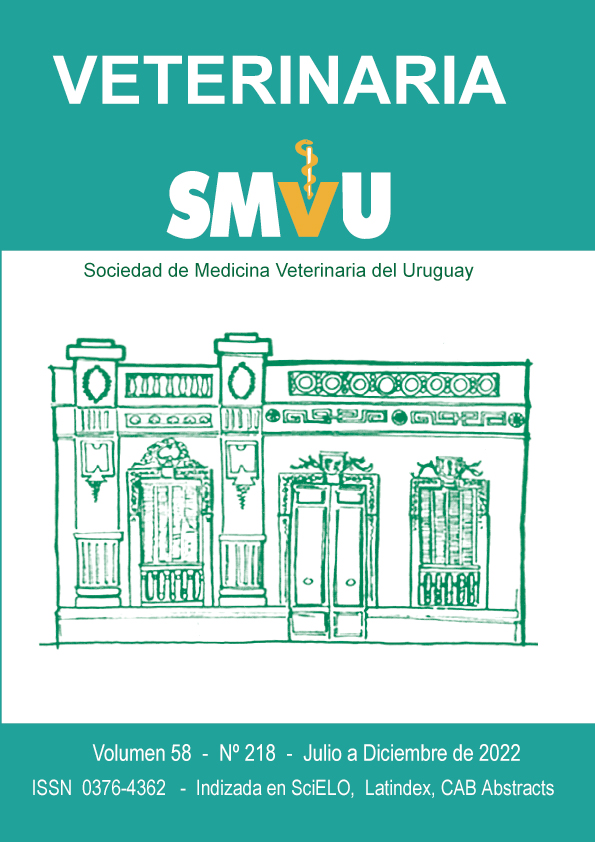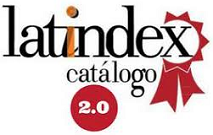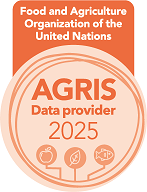Description of a clinical case compatible with Dermatosparaxis (type VIIc Elhers-Danlos syndrome) in a crossbred calf Charolais with Hereford
DOI:
https://doi.org/10.29155/VET.58.218.4Keywords:
Dermatosparaxis, Skin fragility, Collagen diseases, Diagnostic pathology, CattleAbstract
Tears and skin detachments were observed in a newborn calf after umbilical revision. The presumptive diagnosis of Dermatosparaxis was based on the anamnesis and the typical clinical signs of the disease, such as high fragility and total detachment of skin fragments. Three staining techniques (HE, PAS and Masson’s trichrome) were performed on skin samples from the affected animal, using skin samples from the same region of a normal animal with the same age and crossbreed, and from the same ranch used as control. The diagnosis was complemented with molecular techniques through DNA extraction, PCR, and electrophoresis. Finally, the histopathological results confirmed compatibility with this collagen disease. It could not be possible to confirm that the mutation was the same described in other cases of this clinical disease in cattle. As investigated, this is the first Dermatosparaxis report in calves in Uruguay.
Downloads
Metrics
Downloads
Published
How to Cite
Issue
Section
License
Copyright (c) 2022 Sociedad de Medicina Veterinaria del Uruguay

This work is licensed under a Creative Commons Attribution-NonCommercial 4.0 International License.











